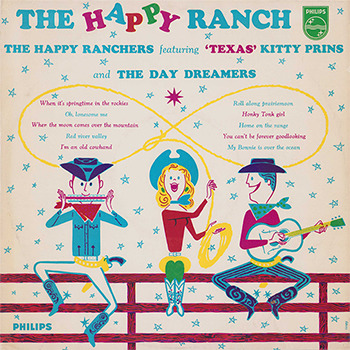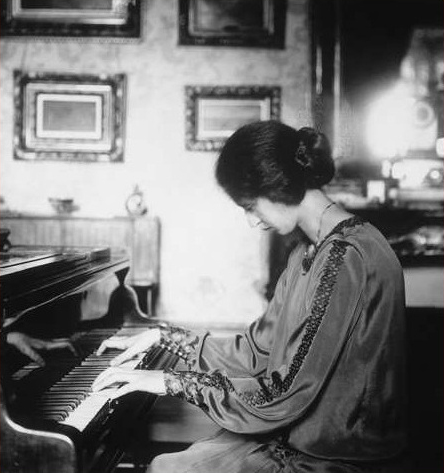Images have been added for the following albums and singles:
- Philips 00134
- Philips 00610
- Philips 00741
- Philips 07364
- Philips 08000
- Philips 10078 (Dutch and South African releases)
- Philips 10085
- Philips 13099
- Philips 318 209
- Philips 318 213

Images have been added for the following albums and singles:

Over 60 singles and EP’s have been added to the website. I have had these for some time but had not entered them yet. Images need to be added.
Impressed as I am with the recently purchased posthumous album by Clara Haskil (Philips A 02073 L), I found it appropriate to give a little attention here to this piano-player extraordinaire.

Here’s what Wikipedia tells us about this artist (a few parts have been omitted from the original article):
Clara Haskil was born into a Jewish family in Bucharest, Romania, on Jan. 7, 1895. Her father Isaac Haskil (1858–1899) immigrated to Romania from Bessarabia (then part of the Russian Empire); he died from acute pneumonia when Clara was only 4 years old. Her mother Berthe Haskil (1866–1917), of Sephardic origin, was one of six children of David Moscona and Rebecca Aladjem. Haskil studied in Amsterdam under Richard Robert (whose pupils also included Rudolf Serkin and George Szell) and briefly with Ferruccio Busoni. She later moved to France, where she studied with Gabriel Fauré’s pupil Joseph Morpain, whom she always credited as one of her greatest influences. The same year she entered the Conservatoire de Paris, officially to study with Alfred Cortot although most of her instruction came from Lazare Lévy and Mme Giraud-Latarse, and graduated at age 15 with a Premier Prix. She also graduated with a Premier Prix in violin and cello. Upon graduating, Haskil began to tour Europe, though her career was cut short by one of the numerous physical ailments she suffered throughout her life. In 1913 she was fitted with a plaster cast in an attempt to halt the progression of scoliosis. Frequent illnesses, combined with extreme stage fright that appeared in 1920, kept her from critical or financial success. Most of her life was spent in abject poverty. It was only after World War II, during a series of concerts in the Netherlands in 1949, that she began to win acclaim. In 1951 she moved to Vevey in Switzerland. Not long after that she was appointed a Chevalier of the Légion d’Honneur by the French state.
As a pianist, her playing was marked by a purity of tone and phrasing that may have come from her skill as a violinist. Transparency and sensitive inspiration were other hallmarks of her style.
Well regarded as a chamber musician, Haskil collaborated with George Enescu, Eugène Ysaÿe, Pablo Casals, Dinu Lipatti, Joseph Szigeti, Géza Anda, Isaac Stern, Henryk Szeryng and Arthur Grumiaux, with whom she played her last concert. While renowned primarily as a violinist, Grumiaux was also a fine pianist, and he and Haskil would sometimes swap instruments.
She played as a soloist under the baton of many conductors, including Ansermet, Barbirolli, Baumgartner, Beecham, Boult, Celibidache, Cluytens, Dixon, Fricsay, Giulini, Hindemith, Inghelbrecht, Jochum, Karajan, Kempe, Klemperer, Kubelík, Markevitch, Monteux, Munch, Paray, Rosbaud, Sawallisch, Solti, Stokowski and Szell.
One of her most famous recordings as a soloist with orchestra is of Mozart’s Piano Concertos No. 20 in D minor, K. 466 and No. 24 in C minor, K. 491, made in November 1960 with the Orchestre Lamoureux conducted by Igor Markevitch.
Haskil died from injuries received in a fall on a staircase at the Brussels-South railway station. She was due to play at a concert with Arthur Grumiaux the following day. She was aged 65.
An esteemed friend of Haskil, Charlie Chaplin, described her talent by saying “In my lifetime I have met three geniuses; Professor Einstein, Winston Churchill, and Clara Haskil. I am not a trained musician but I can only say that her touch was exquisite, her expression wonderful, and her technique extraordinary.”
To see Clara Haskil’s albums on this website, click on the links below:
Images have been added for the following albums:
